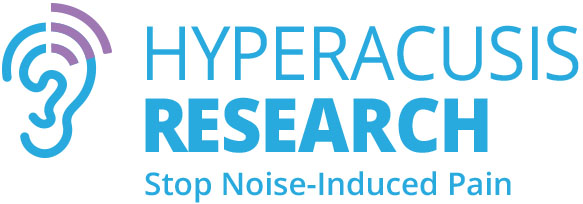Dr. Kelly Jahn of the University of Texas at Dallas and co-authors have published a new paper in the February 2025 issue of The Journal of Pain entitled “Clinical phenotype and management of sound-induced pain: Insights from adults with pain hyperacusis.” Dr. Jahn is a member of the Hyperacusis Research Scientific Advisory Board and has published extensively on hyperacusis.
The abstract of the paper::
Pain hyperacusis, also known as noxacusis, causes physical pain in response to sounds that do not bother most people. How sound causes excruciating pain that can last for weeks or months is not well understood, resulting in a lack of effective treatments. To gain insight into the underlying mechanisms of the condition, 32 adults attended a virtual focus group to describe their sound-induced pain. Focus group data were used to develop three follow-up surveys that aimed to identify the most common symptoms of pain hyperacusis as well as the participants’ use of therapies for pain relief. All participants endorsed negative effects of pain hyperacusis on psychosocial and physical function. Most reported sound-induced burning (80.77%), stabbing (76.92%), throbbing (73.08%), and pinching (53.85%) sensations that occur either in the ear or elsewhere in the body. Participants have used numerous pharmaceutical and non-pharmaceutical interventions to alleviate their pain with varying degrees of pain relief. Benzodiazepines and nerve blockers emerged as the most effective analgesic options while non-pharmaceutical therapies were largely ineffective. Symptoms and therapeutic approaches were generally consistent with peripheral mechanistic theories of pain hyperacusis (e.g., trigeminal nerve involvement). An interdisciplinary approach to clinical studies and the development of animal models are needed to identify and treat the pathological mechanisms of pain hyperacusis.
The full paper may be read here.

